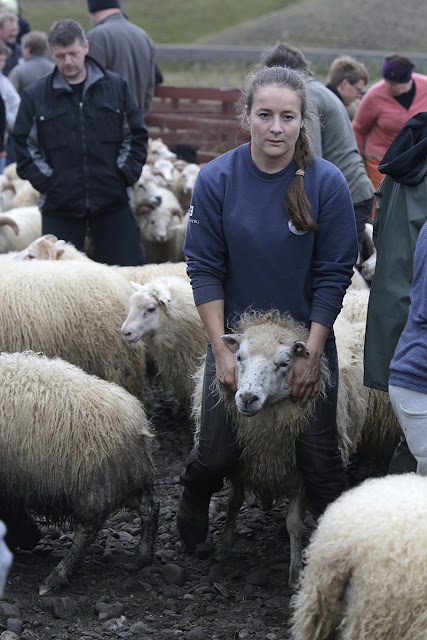One of the hardest things to do is shoot a public event where you have little or no control over what happens - to the event, the participants and the weather. This is also true for wedding photographers - you have to fit in with whatever location, lighting and weather the day throws at you.
This year's
Parramasala event was a bit like that - a beautiful bright, almost too glary, sunny day with performers either dancing in deep shade on the stage or out in full sun.
 |
Indonesian/Australian dancers at Parramasala by Natalie Hitchens
|
 |
Although predominantly of Indian essence, Parramasala is increasingly a mix of many cultures new and not so new to Australia including this gamelan performer from Indonesia.
(Canon EF 100-400mm lens, 1/1250s @ f6.3, ISO 1600, 400mm focal length). |
 |
Indian dancer
Pic by Natalie Hitchens |
 |
Looks a bit more like a marketplace in Rajastan than Parramatta in Sydney.
Pic by Natalie Hitchens |
 |
| Rajastani turban, Parramasala, pic by Natalie Hitchens |
 |
HDR shot of a colourful henna display at Parramasala.
Pic by Natalie Hitchens |
How do you get the best shots?
Here are some tips that I hope might prove useful:
TIP 01: Use a
long telephoto lens (i.e. 200-400mm range).
This allows you to frame performers tightly thus eliminating much of the distractions found on stage (wires, background clutter, etc.).
TIP 02: Shoot using a high
ISO - this gives you a fast shutter speed allowing you to capture the energy of the dancers for example, without too much (lens) movement. Remember, if shooting at 400mm focal length for example, you probably need a shutter speed of double that, more if the performers are moving quickly.
 |
Gettin' into it at Parramasala
Tamil dancers are incredibly energetic and dynamic...
Pic Natalie Hitchens
|
TIP 03: Set the camera's
Drive Mode to high speed - shooting continuously gives you the best chance to get those expressions that are impossible to capture with a single press of the shutter. Shoot as much as you need to because it no longer costs anything to snap off dozens, or hundreds of images. As a wedding photographer, particularly on jobs where I was working for other people, you had to be able to sell every image (in those days, everything was printed).
Shooting ten frames (about 1/3 of a roll of film) to get one saleable image was a no-no!
 |
Shooting using the camera's fastest Drive Mode allows you to capture expressions that would otherwise be totally impossible to get - by just trying to press the shutter at the 'right' time.
Pic by Natalie Hitchens. |
 |
Bystanders at Parramasala
A powerful telephoto lens is good for bringing your subjects close. It is also excellent for producing a de-focussed background, especially when shot at a wide aperture. |
TIP 04: A
monopod is an awesome tool to help increasing camera stability. Monopods are light, and far less intrusive than a tripod and provide a seriously stable shooting platform when using big telephoto lenses.
 |
Don't try this at home.
Swastik dancers getting into the rythm.
Canon EF100-400mm lens, 1/2000s @ f5.6, ISO 400 |
 |
Guruji Arrives
Manual focus is often better than AF simply because, in a scene like this, it is very hard for the auto focus to distinguish between what you want sharp, and what it is programmed to do... |
TIP 05: Use
fill-flash where possible. Shooting at midday produces heavy, unflattering shadows in the faces of your subjects. Fill-flash basically adds brightness to the dark shadows only - not to the highlights. Depending on the brightness of the day, use the flash set to minus one (power output) so as not to overpower the scene. You don't want the subject to look over-flashed.
 |
Puppets on a stall at Parramasala
Pic by Natalie Hitchens |
























































